By Roy Morris Jr.
Ernie Pyle did not want to go to Okinawa. He was too old, too tired, and—some said—too jaded for yet another American invasion of ferocious enemy territory. He had been there already, in North Africa, in Sicily, in Italy, and France, giving his readers a ground-level view of the greatest war in human history, as seen through the eyes of the lowly GIs who were fighting it through, one foxhole at a time.
But as the most famous correspondent in World War II, Pyle was captive, in a way, to his own reputation as the weather-beaten Homer for the too often unheralded young men in the ranks. After taking a much-needed break from the war in early 1945, Pyle was implored by readers to return to the front. Pressure mounted (reaching as high, some said, as the White House) for Pyle to go to the Pacific Theater and report on the soldiers, sailors, and Marines fighting there, the same way he had followed American troops across Western Europe for the last two years.
Royally wined and dined at fleet headquarters on Guam, Pyle raised eyebrows by observing that the soldiers and sailors stationed there were sleeping on well-padded mattresses and eating good, hot chow while their counterparts in Europe were still shivering in the grip of the worst winter in modern memory. Marines living in tents on the other side of the island, having just returned from the horrors of Iwo Jima, did not appreciate the remarks.
Some of his fellow newsmen found Pyle a trifle arrogant. One speculated that fame and fortune—he had earned an estimated half-million dollars in 1944—had gone to Pyle’s head. The answer was far less cynical: Pyle had simply seen too much death. “I’d become so revolted, so nauseated by the sight of swell kids having their heads blown off,” he explained to Life magazine, “I’d lost track of the whole point of the war. I’d reached a point where I felt that no ideal was worth the death of one more man.”
Nevertheless, as the Marines prepared to assault Okinawa, Pyle reluctantly pulled on his gear for one last mission. Fellow reporter Lisle Shoemaker saw him the night before the invasion, tossing his belongings into boxes. “What are you doing?” Shoemaker asked. “I’m sending all this extra gear back to Albuquerque,” Pyle said. Shoemaker asked why. “Because I’m going to get killed on this operation,” he was told.
After hitting the beach at Okinawa with the Marines, Pyle moved to nearby Ie Shima, 10 miles northwest of Okinawa, to spend some time with the Army’s 77th Division. On the morning of April 18, 1945, he was riding along a quiet beach road with Colonel Joseph Coolidge of the 77th when a Japanese machine gun suddenly opened up on their jeep. The men jumped safely into a ditch, but a moment later the experienced Pyle unaccountably raised his head to look around. A round from the enemy gun struck him in the left temple, just below his helmet, killing him instantly.
Soldiers put up a simple monument on the spot where he fell: “At this spot, the 77th Infantry Division lost a buddy—Ernie Pyle, 18 April 1945.” Pyle would have appreciated the simplicity of the tribute.
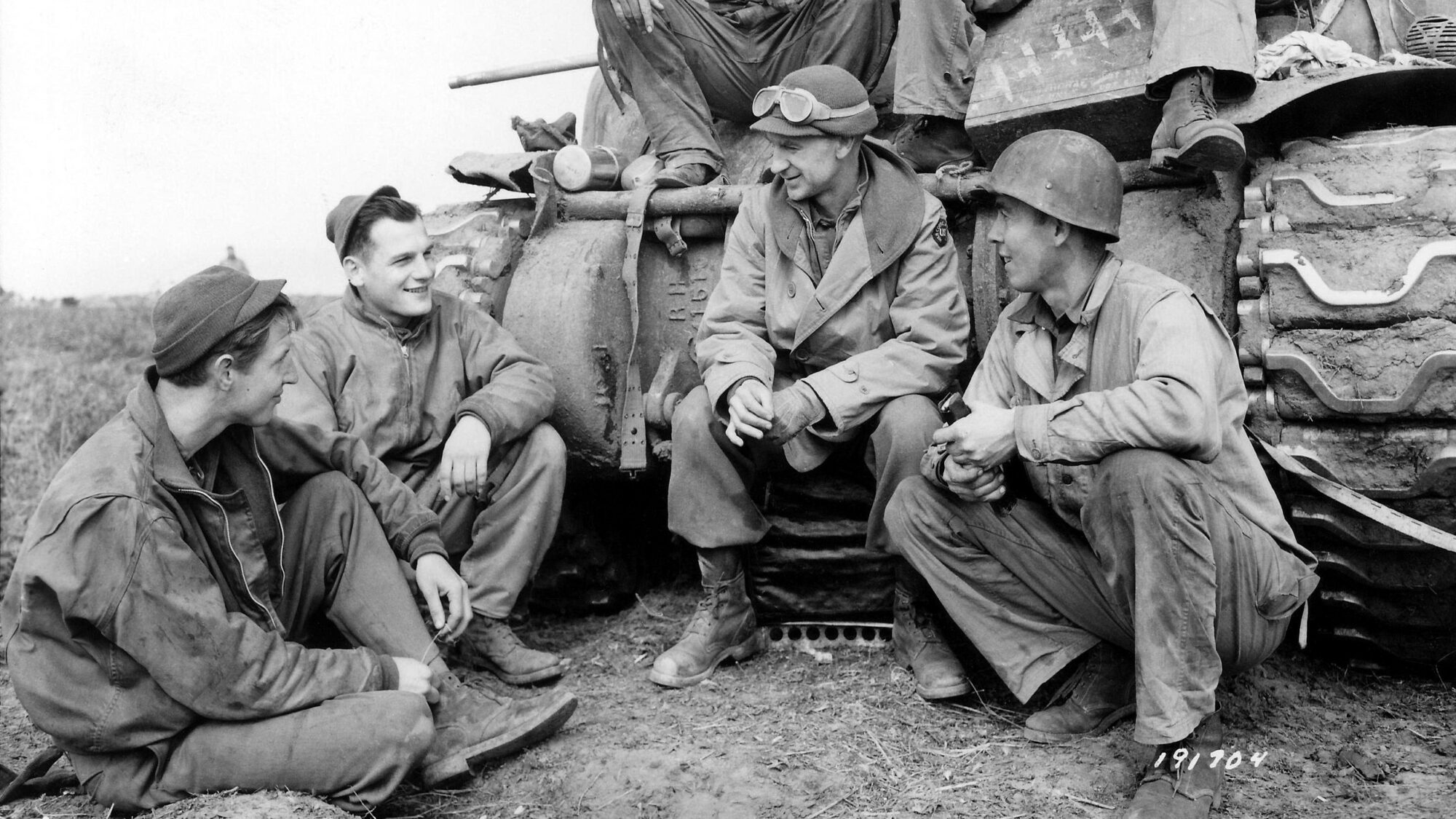
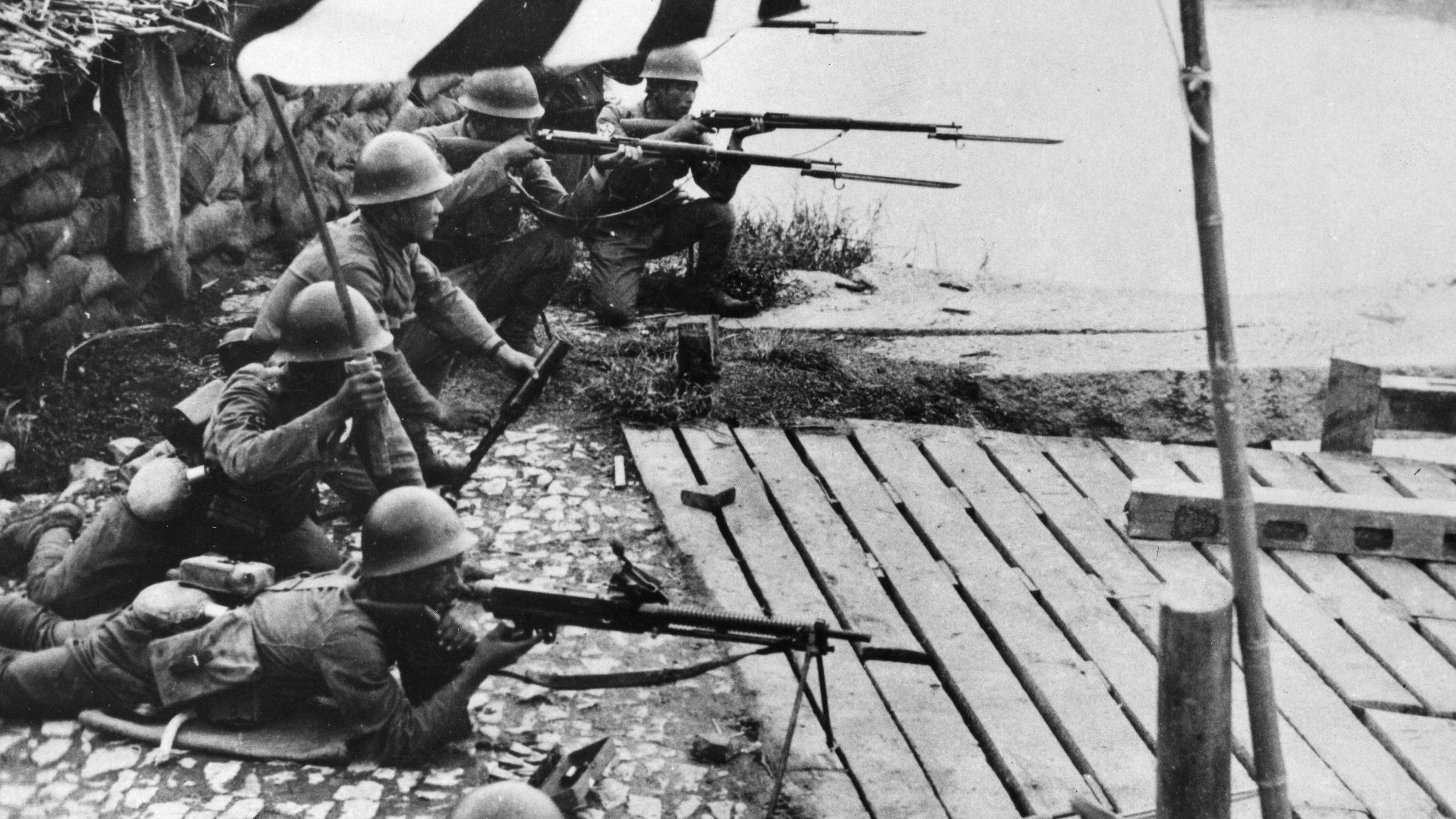
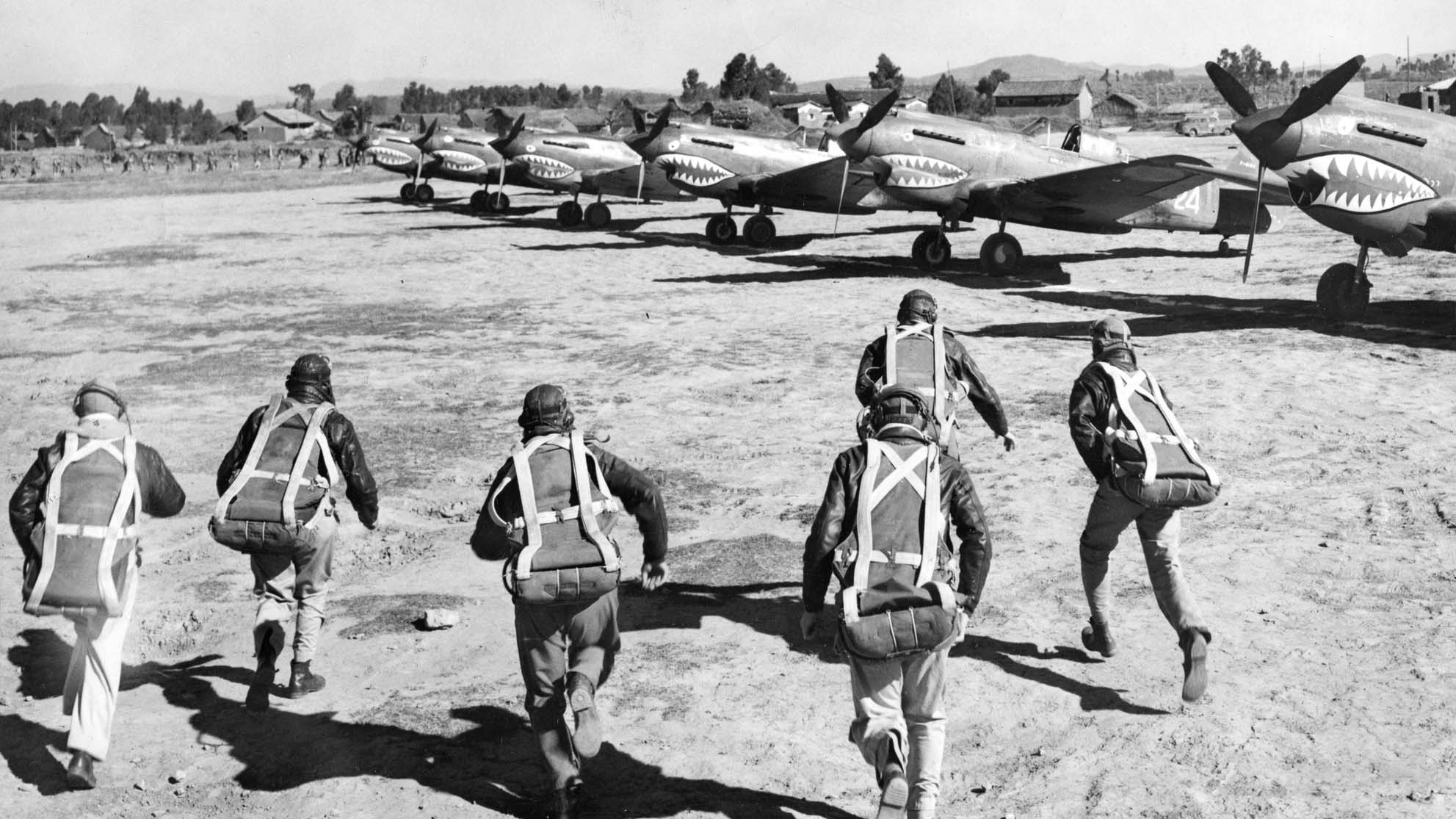
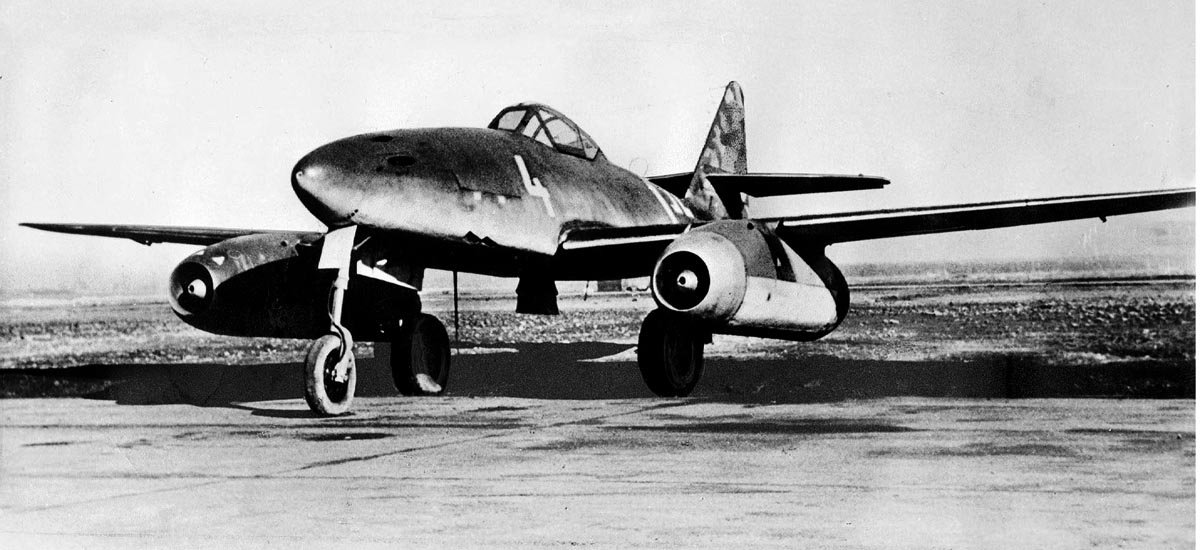
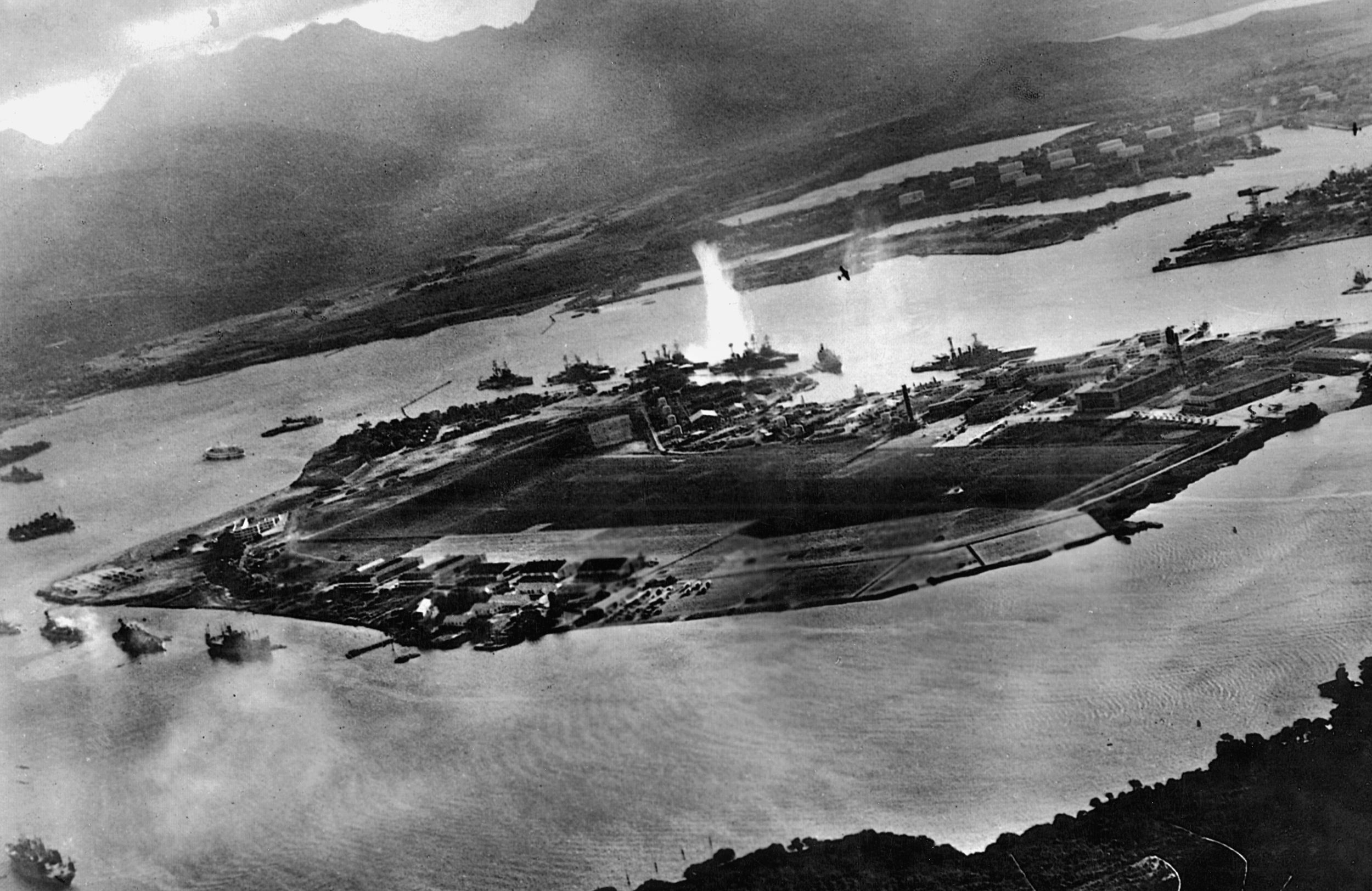
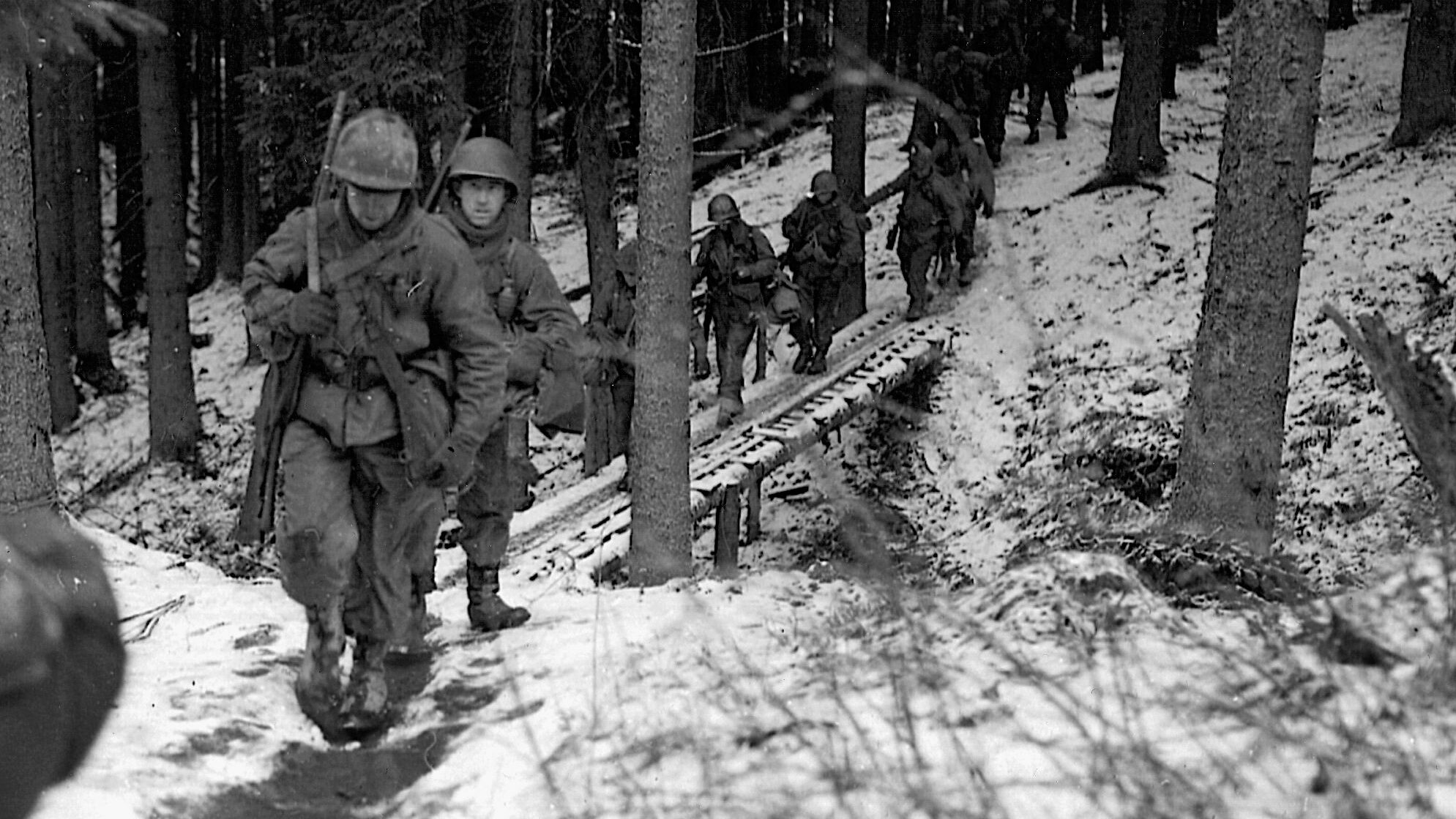
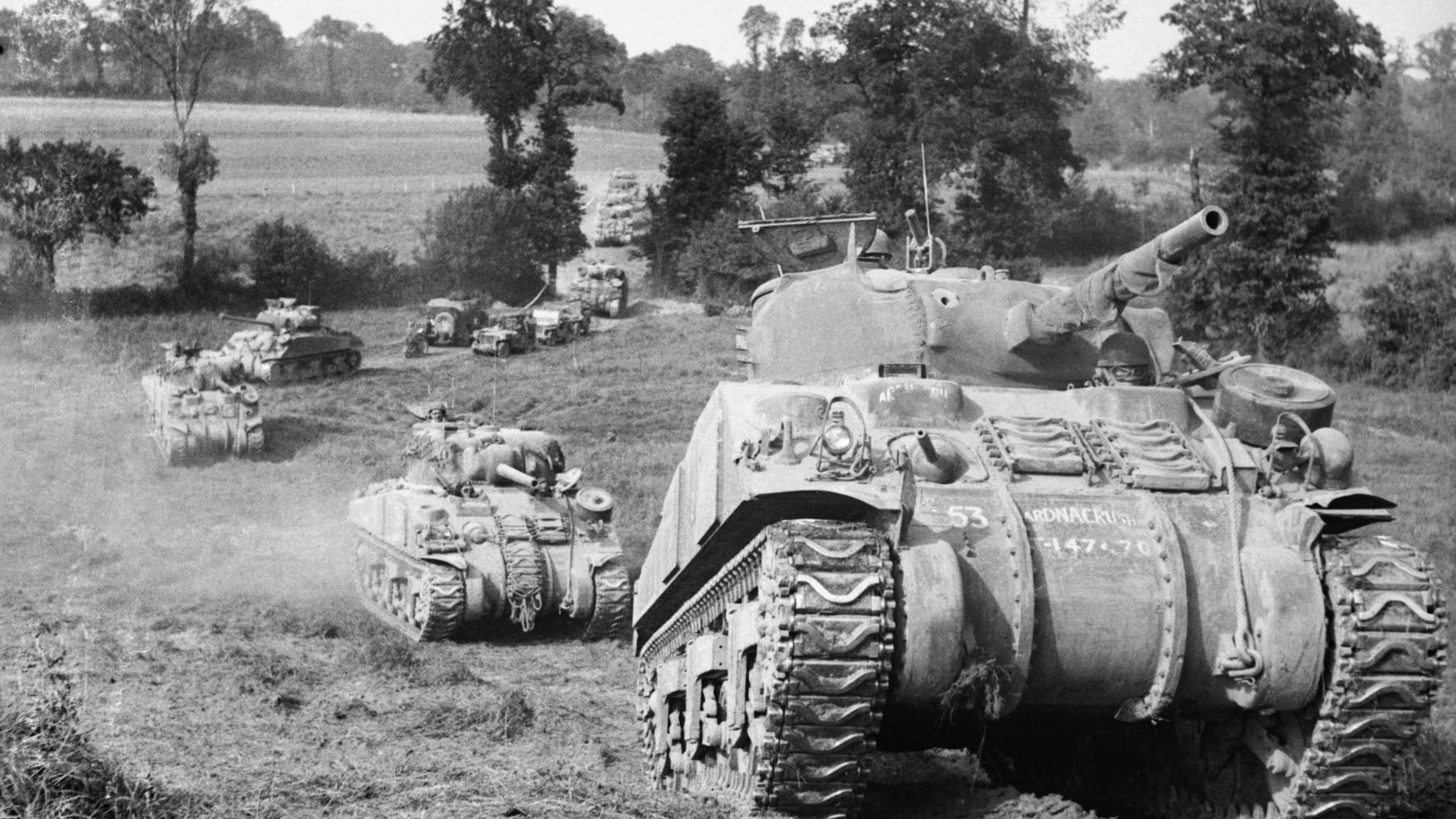

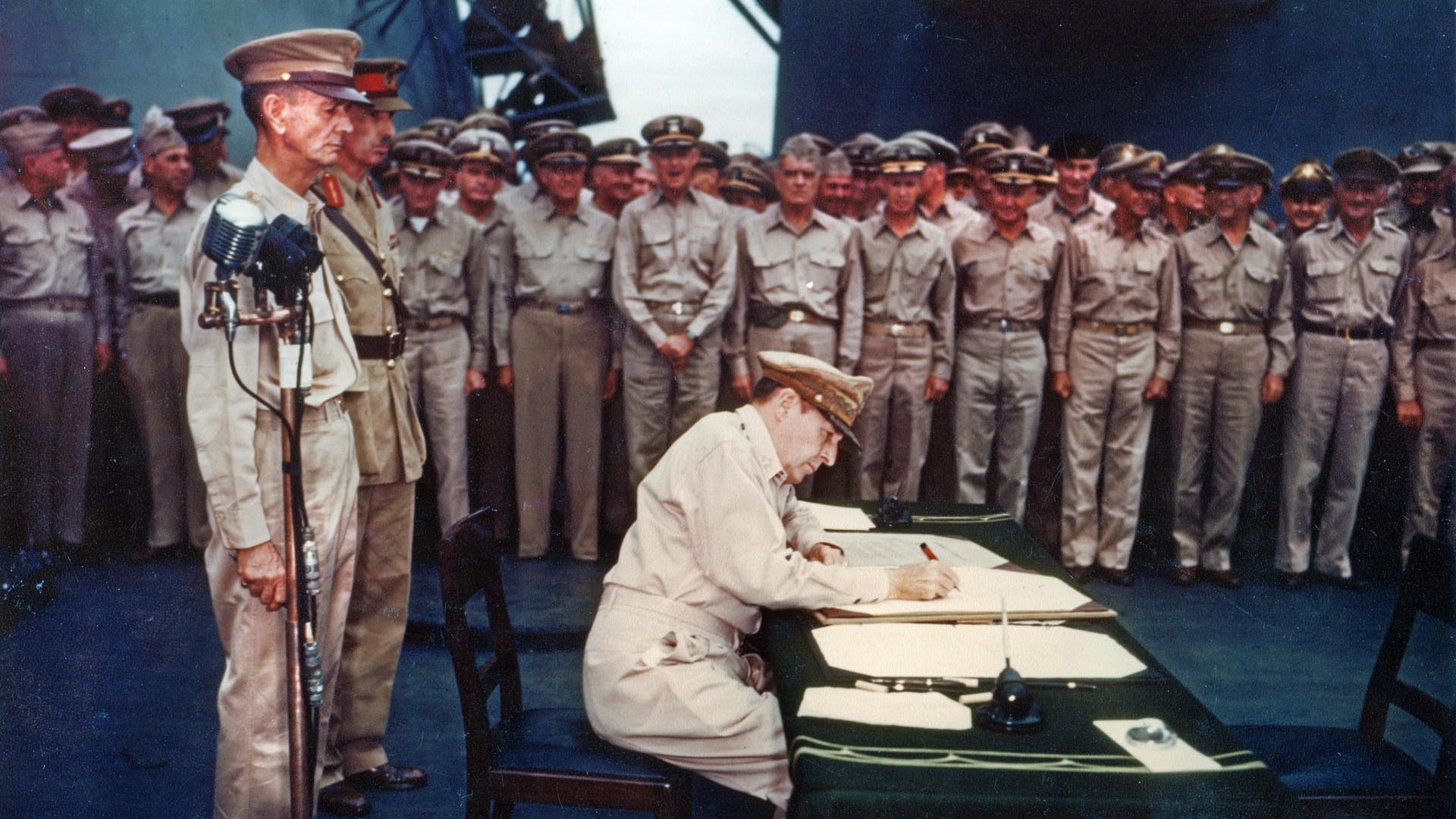
Join The Conversation
Comments
View All Comments